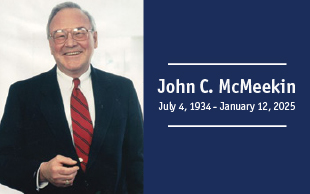You hear these kinds of statistics all the time–ever wonder where they come from? How this research is obtained? What this research represents?
Where does this research come from?
Research and data about the Southeastern Pennsylvania (SEPA) region, which includes Philadelphia, Montgomery, Delaware, Chester, and Bucks Counties, often comes from right here at PHMC through our Community Health Data Base (CHDB).
How is this research obtained?
Research information on SEPA is obtained through the Household Health Survey, which has been conducted since 1983. The CHDB just wrapped up its 2008 Household Health Survey and PHMC will report results in early 2009. In addition, for the first time the CHDB survey will include data collected from Berks, Lancaster and Schuylkill County residents, providing crucial data on health status and health needs in these counties and across the region.
How does the survey work?
The Household Health Survey is a large-scale telephone survey, a tested method to obtain crucial information from diverse populations that is used to examine the health and health care experiences of area residents. This year, approximately 13,000 households were contacted. Residents are chosen at random and asked questions about health screenings, use of health services, health insurance and personal health behaviors, among other topics.
Who uses this information?
Data are used by the media, local public health departments, hospitals, health insurers, universities and community-based nonprofits to target health programs for at-risk populations in the region. Additionally, PHMC uses the findings to inform its program development and strategic planning.
How is this information used locally?
There are many ways in which this information is applied, from planning more effective programs to informing policy decisions. For example, data from the 2004 Household Health Survey revealed that one in five adults in Philadelphia smokes every day or on most days. Philadelphia City Council used this information to document the associated health effects of smoking in its smoking ban hearings.
Why is the survey important?
The survey represents an opportunity for area residents to inform local health care providers about their collective health and, in turn, improve health care and social services in the region. Participation is free and all responses are completely confidential. The CHDB Household Health Survey is a unique initiative and rare regional resource.
What are some new features of the 2008 Household Health Survey?
For the first time, 300 interviews were conducted by cell phone in addition to landline-based interviews. By including a cell phone sample, CHDB expects to increase its response rate for traditionally hard-to-reach population subgroups—young adults (18-30 years), racial and ethnic minorities and adults living in poverty—potentially yielding richer data about these subgroups. In addition, CHDB will be able to assess whether differences exist between populations with only cell phones and populations with landlines. Most important, findings from the cell phone sample will enhance the ability of local organizations to identify and meet the needs of hard-to-reach population subgroups and will contribute to a small but growing body of knowledge.
A Closer Look at the Numbers
Households included in the information collected by the 2008 Household Health Survey
Local agencies from the health, government, nonprofit, and academic sectors that support CHDB
Users contacted via cell phone in the SEPA region by the 2008 Household Health Survey
Counties contacted by CHDB about health and health care experiences
New topics added to the 2008 Household Health Survey





